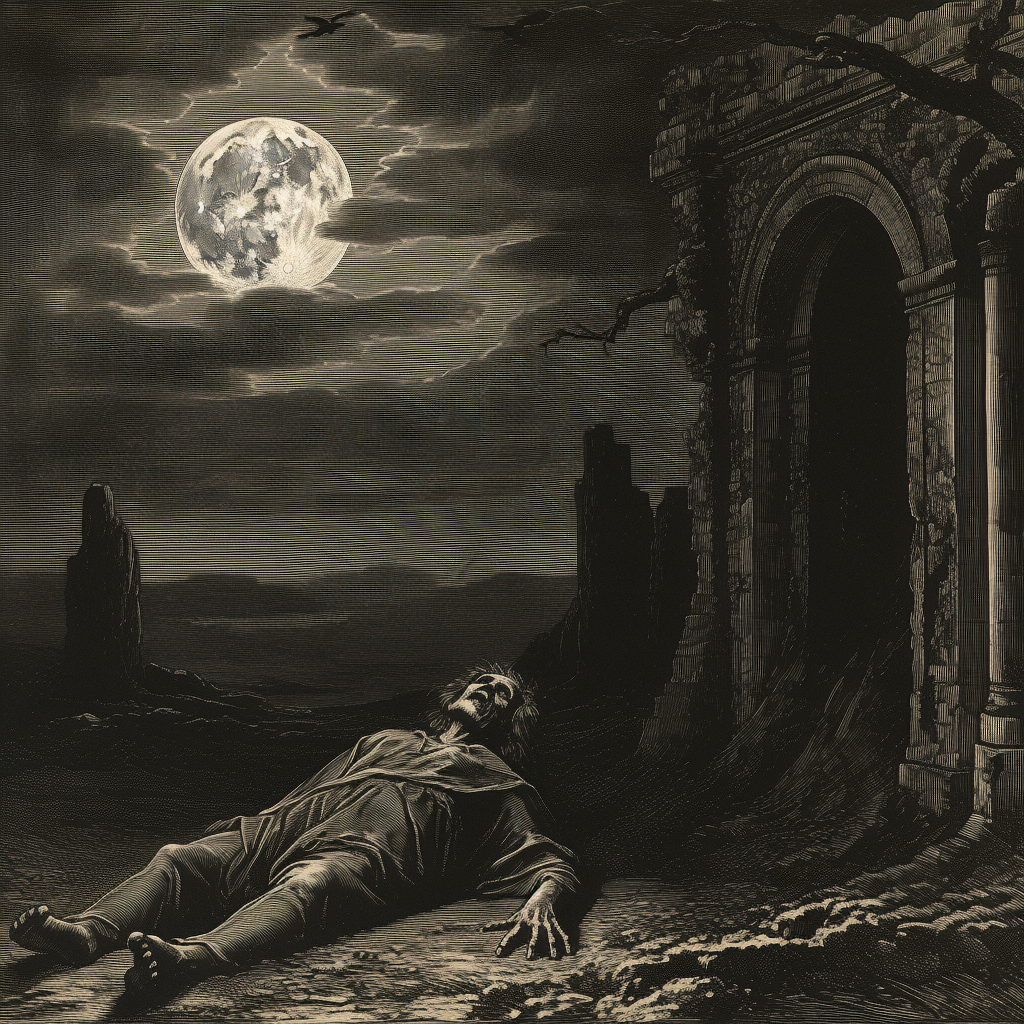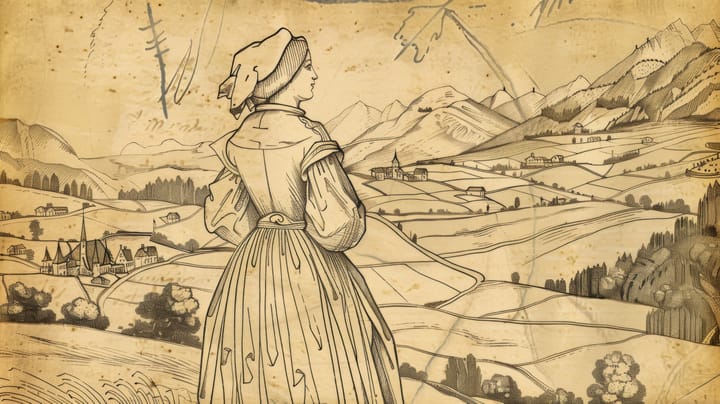Vroucolaca of Mykonos

In the early years of the 18th century, long before the age of science would sweep away many of the superstitious beliefs held by common folk, the little Isle of Mykonos (at that time known as Micon) nestled within the Aegean sea, played host to an eerie and mysterious incident. Its witness was none other than the eminent French botanist, Monsieur Pitton de Tournefort, who would eventually go on to share this extraordinary tale with the world.
One of the darkest fears that have haunted the human psyche through ages is the dread of the dead returning, rising from their graves, casting aside the shroud of death. Such beings were called the Vroucolacas. Known by many names across cultures, this spectral figure, akin to the vampire of Eastern Europe, is believed to roam the earth after burial, sowing chaos and terror in its wake.
As the first day of the new year dawned in 1701, de Tournefort found himself in the midst of such a spectacle. The tale centered around a deceased peasant of Micon, a man of naturally quarrelsome nature, whose death had been shrouded in mystery. Two days after his interment, whispers began. The man was seen at night, it was said, wreaking havoc in homes, throwing furniture, and playing all sorts of otherworldly pranks.
Initially, the townsfolk chuckled at the gossip. But when the most respected individuals of the town began to complain, the church was forced to concede to the matter's reality. Unseen, the man continued his shenanigans, ignoring the many masses said in his name. The perplexed townsfolk, following some ancient ceremonial protocol, decided to wait for nine days post-burial.
On the tenth day, a mass was held in the chapel where the corpse was laid, in an attempt to exorcise the demon they believed had possessed the body. The entire town turned out, their eyes wide with horror and fascination, as the town's butcher clumsily attempted to extract the heart of the dead man. The corpse, reeking of decay, was difficult to work with, and the unpleasant odor began to heat the brains of the petrified spectators.
Rumors spread and magnified, painting a supernatural picture of a corpse emanating thick smoke. The townsfolk yelled "Vroucolacas!" in fear and superstition. Soon, everyone believed that they were indeed dealing with a Vroucolaca. As the days passed, the situation escalated, the panic spread, leading to families leaving their houses to sleep in the marketplace. Sanity seemed to have left the island entirely.
Unable to pacify the terrified masses with logical arguments, the townsfolk decided to burn the heart of the dead man. Yet, their problems continued. The Vroucolaca was accused of tormenting people at night, breaking open doors and windows, destroying property, and, rather humorously, emptying jugs and bottles. The dead man seemed to have developed a supernatural thirst!
As chaos and fear reigned over the town, and families contemplated abandoning their homes, the authorities decided to take drastic action. The Vroucolaca was to be burnt altogether, a step they believed would exorcise the devil for good. The remains of the unfortunate corpse were burnt in a great pile on the first day of January 1701, the fire a beacon of their hopes to end the terror.
In the aftermath of the incident, a newfound peace graced the island. There were no more complaints against the Vroucolaca. The terror had been burnt away, leaving behind only the smoky remains of superstition and fear. The community even made a song to ridicule the vanquished devil.
De Tournefort's encounter with the Vroucolaca reflects an age when the unseen was just as real as the seen, where logic danced with the supernatural, resulting in stories that continue to fascinate and haunt us to this day. The tale of the Vroucolaca of Mykonos, though centuries old, remains an eerie reminder of a time when superstition held sway over human minds, where every dark shadow could be a Vroucolaca waiting to pounce, and every unexplained incident, the doing of the unseen.




